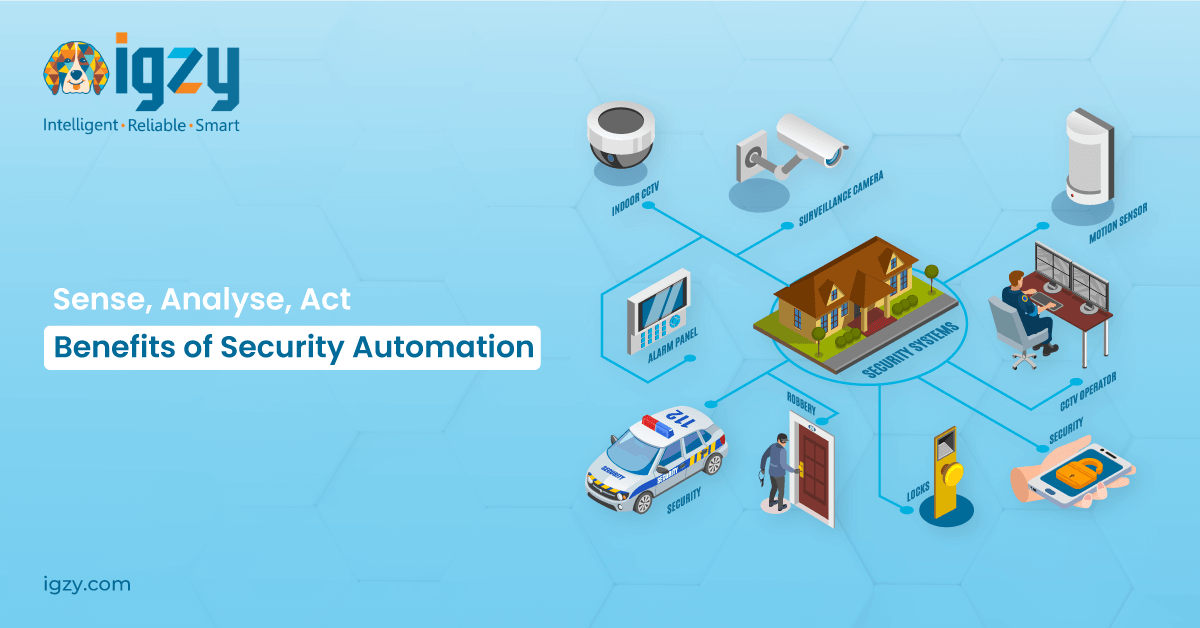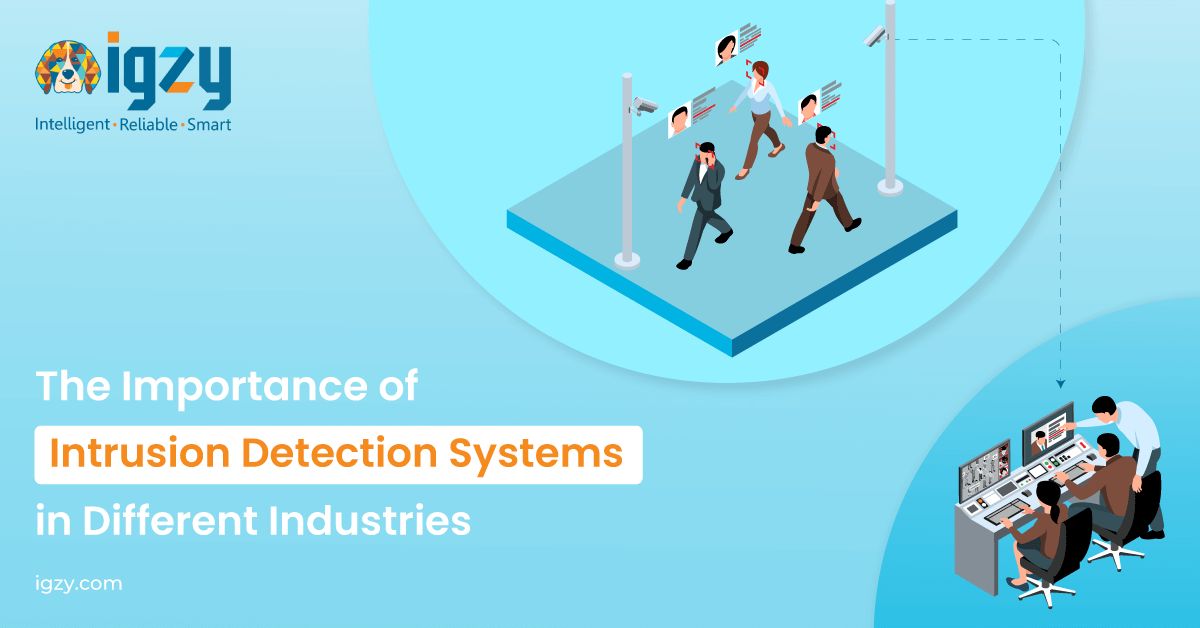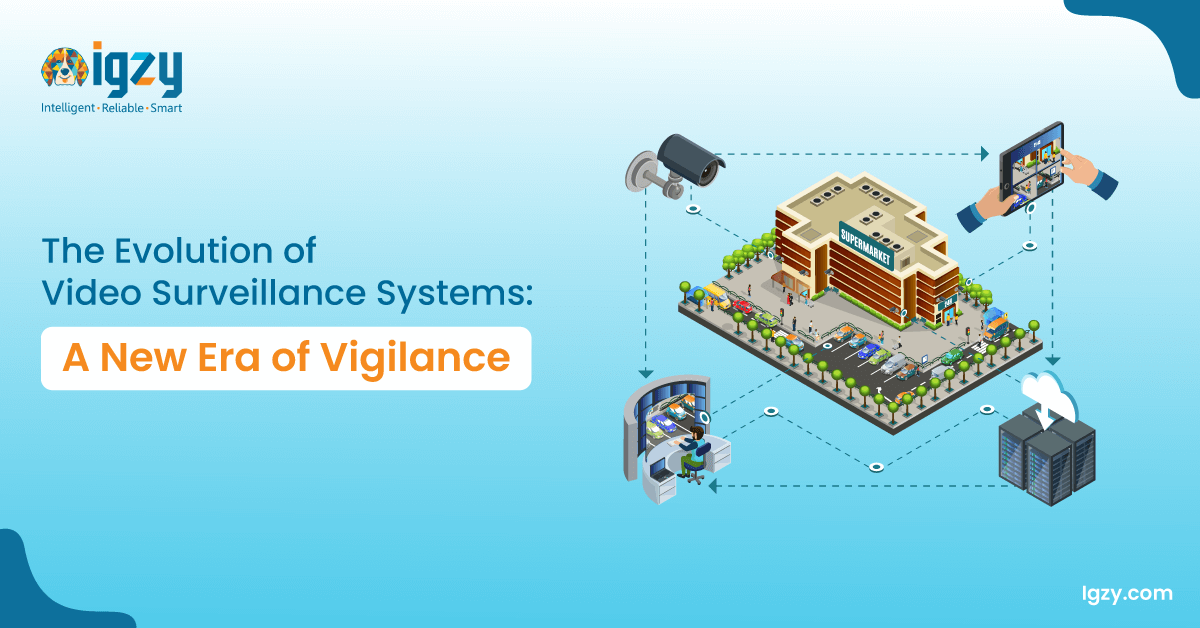Transforming Inventory Management With AI/ML Enabled Surveillance System

Table of Contents
The very basis of a warehouse video surveillance system is providing security to the assets and employees associated with it from all types of unforeseen circumstances. However, today’s smart AI and ML enabled solutions can do a lot more than just make sites secure. Entrepreneurs all over the globe seem to be utilizing these systems for improving their efficiency and productivity with inventory management, indubitably increasing their market credibility.
There is more to a video surveillance system than just security
Basis of an IHL research study, the worldwide cost of inventory distortion, including shrinkage, stock-outs, and overstock is estimated at $1.1 Trillion. The loss of such a huge amount, especially when a great proportion of this loss can be checked and controlled with video surveillance solutions, can be really oppressive to the industry. Enterprises across the globe are heavily investing in video surveillance solutions for their warehouses to create a more secure, efficient, and employee facilitating environment.
Inventory management challenges faced by Warehouses
Deadstock
As a business owner, one has to realize the fine line between having just a little excess stock to never be out of products and having so much excess stock that it impedes a well-functioning warehouse. This excess of products takes up space on the shelves that could’ve been used to store other in-demand goods. Adding to the space they occupy is the cost of storing and maintaining these products.
Stockouts
On the other end of the spectrum is when there is just enough stock for a particular moment in time but no excess products are available in case the demands rise up. While being out of stock due to high demand and popularity might seem like a great achievement, which it might be, continued stockouts, however, can cause a loss of sales.
Backorders
Similar to stockouts, backorders, while they may trigger demand in the short run, continuous backorders can put off consumers and reduce sales. The type of orders requiring quicker shipments, processing of products, and their movement in and out of warehouses, meaning more staff and better efficiency is required to get these into the supply chain.
Shrinkage
When it comes to warehouses dealing with a plethora of products and operations, its no news that inventory gets misplaces, miscounted or stolen. When it comes to manpower, it is especially essential for warehouses to recruit their personnel very carefully, particularly when they are entirely dependent on manpower to secure their premises and follow through with the instructions for efficient functioning.
Inefficient operations
When you have a huge number of people, goods and equipment flowing through your warehouse, it is essential to ensure the smooth movement and efficient operations. In the absence of any real time monitoring system in warehouses, it becomes rather tiresome to keep a check on the activities of employees and monitor how well they comply to their SOP protocols and ensure that all operations are carried out safely and in the most efficient way possible.
Data Silos
When data becomes inaccurate, out of date or inaccessible by any other part or division of your business, it can hamper an enterprises’ overall performance. As companies grow and expand into new warehouses, they can inadvertently cause a data silo by not ensuring that all the warehouses can access the others’ inventory management data. Inefficiencies also expand when the data accessible is not accurate or updated.
How video surveillance can prevent all this?
Efficient inventory and warehouse management is an ever-growing field of experimentation; as the size of your organization grows and the number of warehouses expand, your strategies for managing the same have to change. Keeping up with the trends of technology along with systemizing your pre-existing assets goes a long way in creating a productive environment.
Changing available data into action-oriented data
Data as a source of information is only as useful as you make it. Available data simply refers to data that is available but not accessible. Analysing and systemising it involves manual work and is time consuming, both factors eating away at the efficiency of any process being performed. This data has to be made proactive by employing smart solutions integrated with AI and ML technologies. The system can analyze structured data to generate insights without any or much human supervision. The system can pin key issues and anomalies to predict failure with high accuracy in the earlier stages; and the machines and devices connected to the module can execute the required changes and inform relevant people with valuable insights at the right time.
Automating solutions
The warehouses, acting as the midway halt stations for products before they are shipped off to the desired locations, often automate their operations to stay updated about stockouts and restocks. The shelf sensors and RFID tags automatically notify the company when a product goes out of stock, creating a sort of demand pattern for future restocking requirements. This predictive solution, allows companies to use their warehouses to store goods that have a higher demand than others, thus saving space for the storage of goods required. These automated solutions also inform users about the most efficient storage methods so as to save space and pile up the products depending on their fragility and sequence of departure.
Big data analytics
Accumulation of big data over a period of time can provide users with useful insights into the efficiency of the enterprise, major patterns, metrics, and reports, restock requirements as well as what systems are underperforming. This big data can be analyzed using video surveillance solutions, spotting error patterns, and running predictive quality assurance with high accuracy. The data analytics can be descriptive, diagnostic, predictive, or prescriptive depending upon the use case of the enterprise.
Cloud Computing
Cloud computing allows smart warehouses to store, process, and share data over the network with greater flexibility at a lower cost than the conventional on-premise alternatives. Interconnected devices and machines are able to upload huge amounts of data right onto the cloud for analysis and computation; providing speedy and real time insights that assist organizations in their decision making. Cloud storage, from a security point of view, creates a pool of real time and historical data, available to be monitored, analysed, retrieved and shared across networks; which helps security personnel keep a tight leash on the fulfilment of instructed compliances.
Integrating human and machine capabilities
Smart warehouses utilize the maximum capabilities of both their human and technological resources for the efficient performance of their operations. While it is far-fetched to believe that everything needs to be automated and machine operated without any human intervention, it is equally inefficient to completely rely on employees for carrying out all the activities. To optimize utility, it is necessary to extend the capabilities of both devices and people. While some routine tasks can be handed over to these systems, some tasks also require integration of IQ and EQ, falling in the field of human supervision. The video surveillance, at the same time, it absolutely necessary to keep the employees in check, to monitor their conformity to the safety rules and regulations and SOP protocols; especially in warehouses where an inability to follow through with prescribed instructions can be hazardous to life and property.
Conclusion
Warehouse and inventory management has always been a major concern of enterprises, ascribable to the constant need of protecting the inventory and stocks from damage as well as to ensure efficient overall performance. IoT based warehouse management system provides solutions for all these major concerns, with their smart devices, analytical abilities, and real-time decision making.





